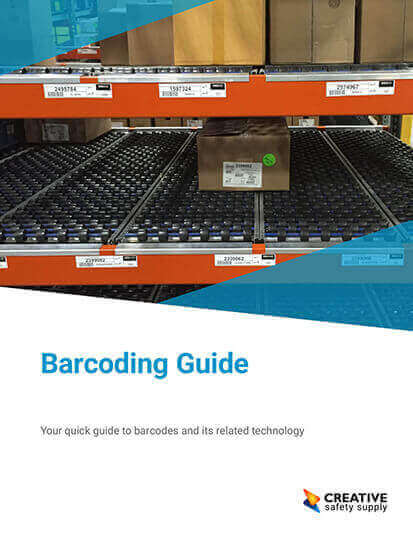
Asset tagging is a simple (but powerful) tool for monitoring and tracking an organization's fixed or movable assets. By using a unique serial code or barcode, companies can implement an asset tagging system to improve maintenance programs and inventory control of equipment. Asset tags are used to track assets that move, like vehicles or laptop systems, or are used to monitor infrastructure assets that remain fixed at their location for its lifespan.
Choosing Asset Labels
When it comes to choosing labels to use as an asset tag, a durable material is key. This is especially true if asset labels are being used on equipment or machinery, or in an outdoor environment. Heavy-duty metal asset tags are great for harsh environments, but a durable label can also withstand the elements. Using LabelTac supplies for instance, organizations can design and print custom asset labels that won't smudge or fade over time.
Using Barcode Labels for Asset Management
Custom asset tags are extremely effective for tracking physical assets, especially when they have a unique barcode or QR code that can be scanned. When an employee scans an asset label, they can access important information like when the last time a computer was moved or the maintenance schedule for a piece of equipment. Barcodes can hold all types of information specific to the company or department.
Why is asset tracking important?
Asset tags are crucial for any asset tracking system. The ability to track moveable assets (like furniture or computers), monitor fixed assets (like infrastructure assets), and utilizing asset tracking software can have numerous benefits for an organization. Having this kind of information makes it easier for management to make informed decisions, prevents theft through improved security, keeps the workplace in compliance, and improves efficiency.
Similar Glossary Terms
- Asset Tracking
- Asset Management
- Fixed Asset
- Asset Life Cycle
- Perpetual Inventory
- UID (Unique Identification)
- Fleet Management
- RFID
- Custom Signs


